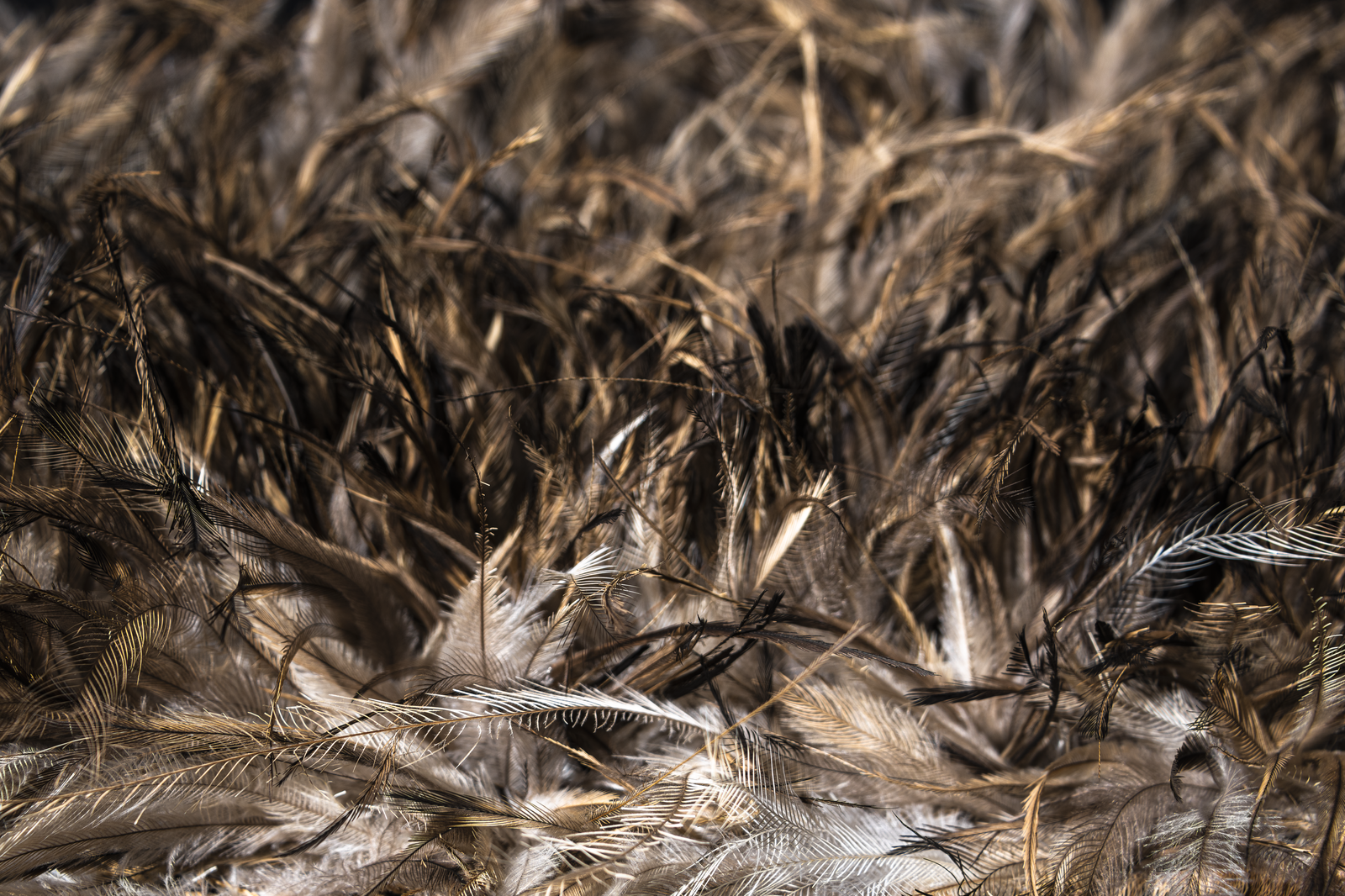First Nations
Learn about First Nations cultures and experiences. This website may contain voices, images or names of people who have died.

The First Nations peoples have lived and practised their cultures since time immemorial. These rich and diverse cultures are maintained through song, dance, storytelling, ceremony and language. The Australian Museum has one of the world’s most-significant First Nations collections representing these cultures, with artworks, technologies and cultural material representing First Nations communities from across Australia.
Increased collaboration with First Nations peoples and communities is ensuring the objects held in the Australian Museum Aboriginal and Torres Strait Islander Collection are interpreted appropriately. The rich knowledge embodied in the collections is activated through programs and exhibitions that provide connections to living practices and deepen public knowledge of First Nations cultures and lived experiences.
The Australian Museum website is also a platform for First Nations voices. The articles here-in are a collection of First Nations writers sharing their expertise and opinions on issues important to First Nations people, helping uncover Australia's hidden histories.
Explore our collections, learn from knowledge shared by First Nations writers and discover our new learning space Burra and permanent exhibition Garrigarrang (Sea Country) when you visit the Australian Museum.
Innovate Reconciliation Action Plan
The Australian Museum is proud to share our Innovate Reconciliation Action Plan 2023-2025 outlining the many actions the Museum is taking to reconcile with our past and build a shared future together with First Nations peoples.
Find out moreExhibitions
Discover Burra, an interactive education space
Be transported on an immersive journey through the eyes of burra (eel) in the Australian Museum's learning and play space.
Visit nowKnowledge
First Nations lecture series
Listen to recordings of illuminating talks exploring the stories and ground-breaking work of First Nations leaders across political, environmental and cultural fields.
Listen now




























































